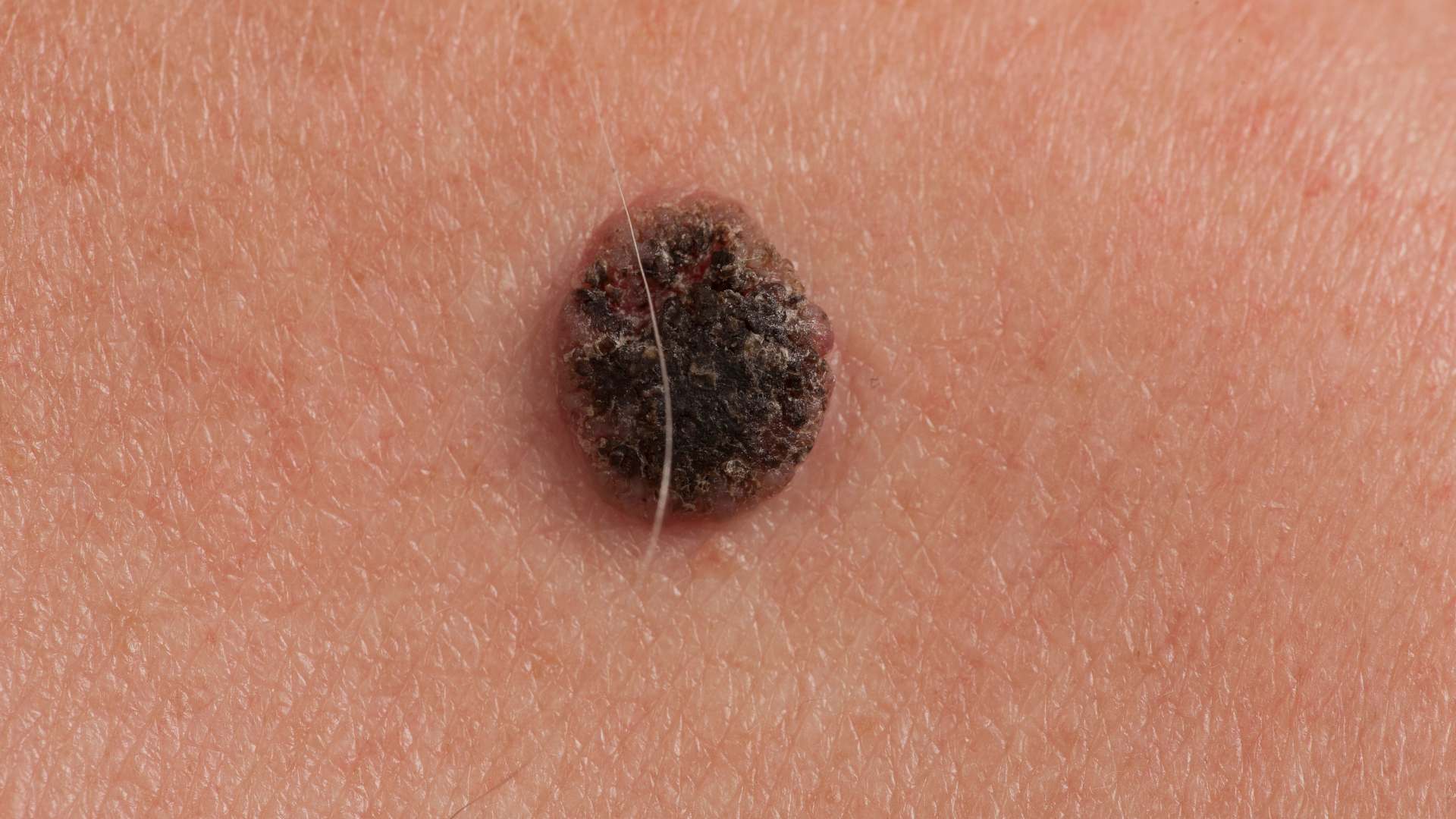What Is Skin Cancer?
Skin cancer is the abnormal growth of the skin cells. It usually develops on those areas of the skin that are being exposed to the sun’s rays. The skin cancer develops when DNA in the cells becomes damaged and the body is not able to repair the damage. These particular damaged cells begin to grow and divide uncontrollably. Thus, when this occurs in the skin, the skin cancer develops. These damaged cells are then multiplied while resulting in a tumor. As the skin cancer develops in the epidermis layer which is the outermost layer of the skin, a tumor is then clearly visible.

Types of Skin Cancer:
There are three types of skin cancer that accounts for nearly 100% of the total diagnosed cases. These skin cancers are being divided into one of the two classes, namely- melanoma skin cancer and non-melanoma skin cancer. Different types of skin cancer are:
- Squamous cell carcinoma:
- Around 16% of the diagnosed skin cancers are Squamous cell carcinoma (SCC). This cancer begins the squamous cells that are found in the upper layer of the epidermis. This SCC normally tends to develop in middle-aged fair-skinned and the elderly people who have long term sun exposure. It generally appears as a scaly or crusted area of skin with a red inflamed base that resembles as a growing tumor, crusted-over patch of skin or the non-healing ulcer. It could develop anywhere in the body, but majority of the times it is developed on the sun-exposed areas of the body, including the inside of the mouth and genitalia.
- Basal cell carcinoma:
- The Basal cell carcinoma (BCC) is the most common cancer in humans. Almost 80% of all the skin cancers are the BCC, a cancer that develops in the basal cells. These basal cells are located at the lowest layer of the epidermis and can take several forms. It can appear as a shiny translucent or a pearly nodule, a sore that is continuously healed and then reopened, appears as a pink slightly elevated growth, a waxy scar or reddish irritated patches of skin.
- Melanoma:
- About 4% of all the diagnosed skin cancers, the melanoma begins in the melanocytes, the cells within the epidermis which gives a skin color. The melanoma has been popular as the most lethal form of the skin cancer as it could rapidly spread out through the lymph system as well as the internal organs. Majority of the cases has been led to death as dermatologists believe that this disease is not able to reveal the early warning signs. Thus it requires Skin Cancer Treatment on time.
- Other non-melanoma skin cancer:
- Majority of the other skin cancers is being combined account for less than 1% of the total diagnosed cases. They are being classified as non-melanoma skin cancers, which include Merkel cell carcinoma, Paget’s disease, dermatofibromasarcoma protuberance and the cutaneous T-cell lymphoma.
Causes of Skin Cancer:
The sun exposure is one of the main reasons for skin cancer. The sun’s ultraviolet (UV) rays usually damages the DNA in the skin and the body can repair this damage before the gene mutations occur and the cancer develops. When this repair of DNA doesn’t take place, cancer is developed. In some of the cases, the skin cancer is an inherited condition where melanomas are developed in people having a family history of melanoma.
Who Is Affected By Skin Cancer?
The skin cancer usually develops in people in all colors, right from the palest to the darkest. But still, skin cancer usually occurs in those who are having fair skin, blonde or red hair, light-colored eyes, history of sun exposure and tendency to burn or freckle when exposed to the sun. For the dark-skinned individuals, the melanoma is often developed at non-sun-exposed areas like the foot, mucous membranes of the mouth, underneath nails, genitals as well as nasal passages.
Preventive Measures for Skin Cancer:
The sun protection could gradually decrease a person’s risk of developing the skin cancer. The general sun-protection practice includes staying out of the sun between 10:00 A.M. to 4:00 P.M. During these hours, the sun rays are at the strongest intensity and applying a broad spectrum of sunscreen would help in solving this problem to a greater extent.
Nowadays, it has become necessary to learn how to recognize the signs of skin cancer, as skin cancer are highly curable based on the early detection and proper Skin Cancer Treatment London.

